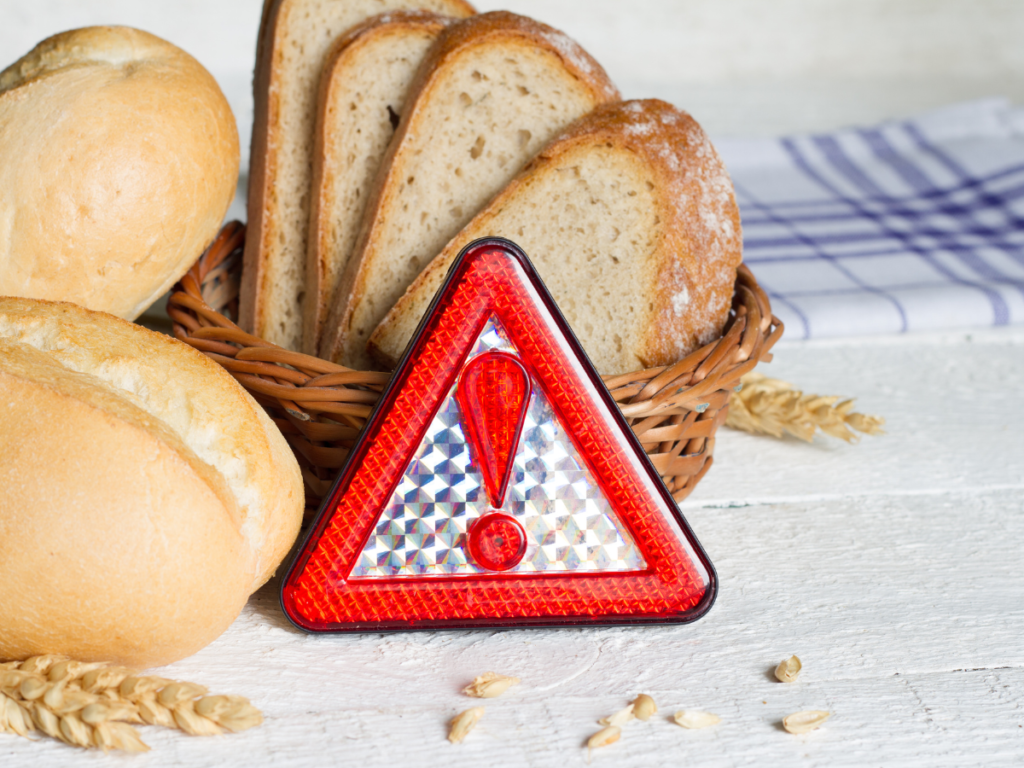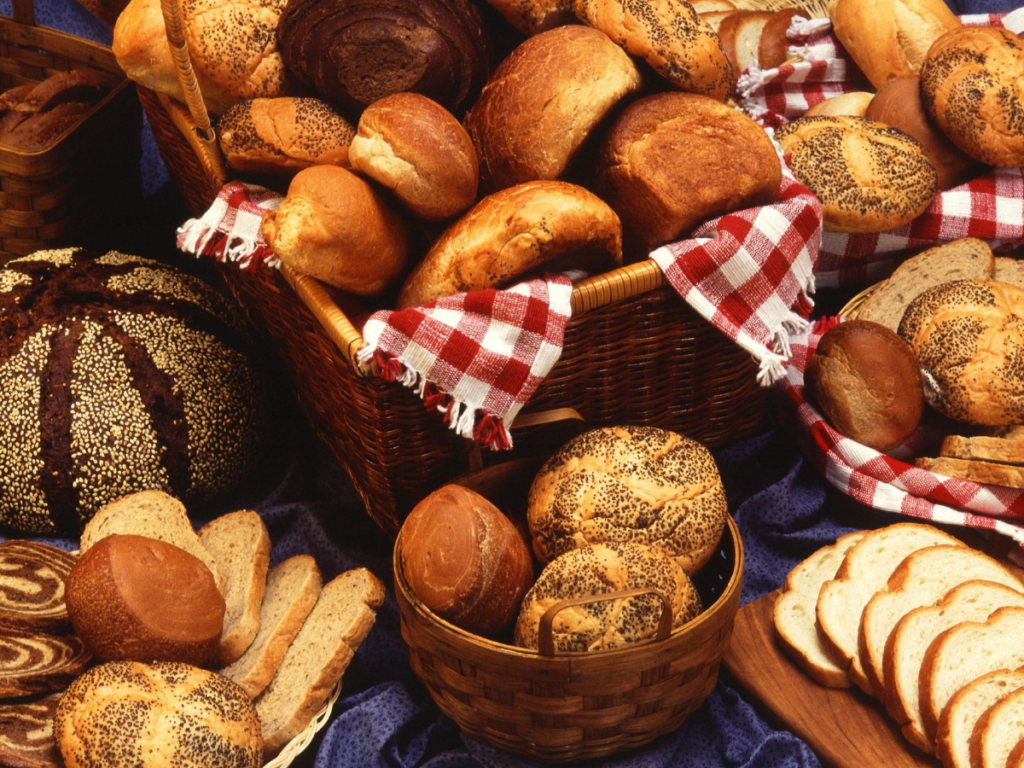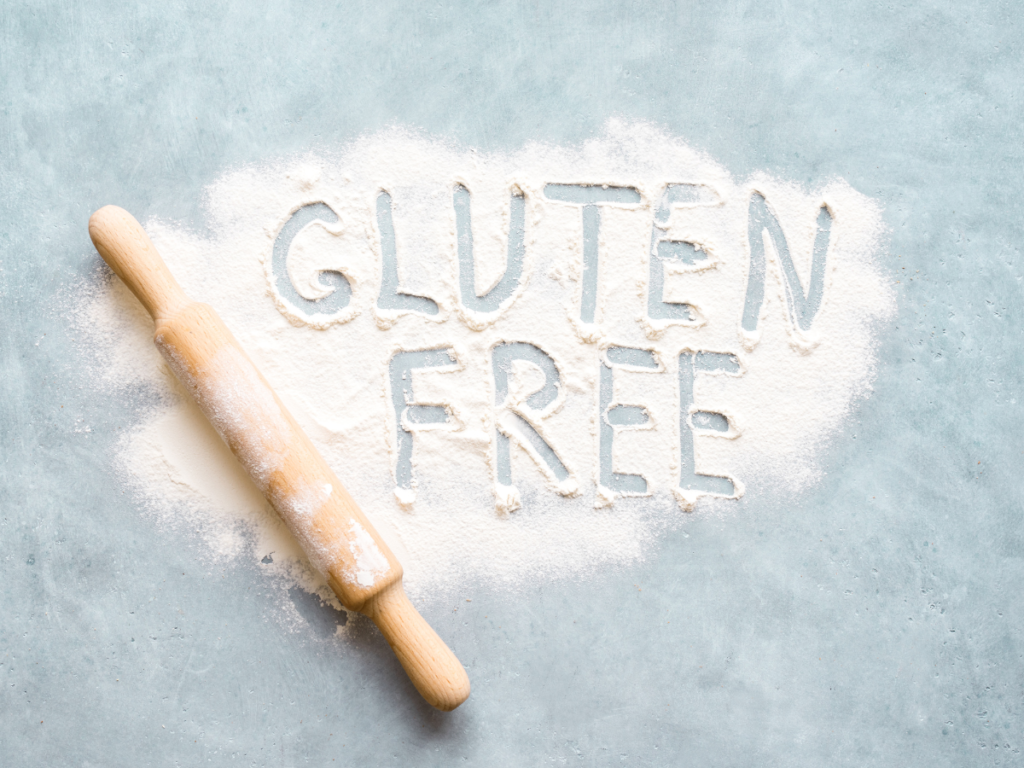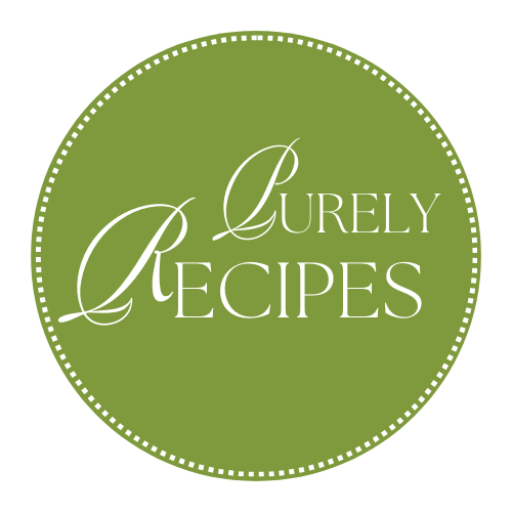
Introduction
For those with gluten intolerance, choosing the right bread can be a significant challenge. Gluten, a protein found in wheat, barley, and rye, can cause various health issues for people with gluten sensitivity or celiac disease. Therefore, understanding which breads are safe to eat and finding the best options is crucial for maintaining a healthy and enjoyable diet. This guide will help you navigate the different types of bread that are suitable for gluten intolerance and provide tips for making informed choices.
Understanding Gluten Intolerance
What is Gluten?
Gluten is a group of proteins found in wheat and related grains such as barley and rye. It gives dough its elasticity, helps it rise, and maintains its shape. While harmless to most people, gluten can cause severe reactions in those with gluten intolerance or celiac disease. Consequently, this condition requires a strict gluten-free diet to avoid symptoms and potential complications.
Symptoms of Gluten Intolerance
Common symptoms of gluten intolerance include:
- Digestive discomfort (bloating, gas, diarrhea)
- Headaches
- Fatigue
- Skin issues (rashes, eczema)
- Joint pain
These symptoms can vary in severity and may appear shortly after consuming gluten or several hours later. Chronic exposure to gluten in sensitive individuals can lead to more serious health issues, including damage to the small intestine in the case of celiac disease.
Diagnosing Gluten Intolerance
To diagnose gluten intolerance, a combination of medical history, physical exams, and specific tests (like blood tests and endoscopy) are used. Blood tests can detect antibodies typically present in celiac disease, while an endoscopy can reveal damage to the small intestine. If you suspect you have gluten sensitivity, consult a healthcare provider for an accurate diagnosis.
Types of Bread Suitable for Gluten Intolerance

Gluten-Free Bread
Gluten-free bread is specifically made without gluten-containing grains. Popular options include:
- Sorghum and Millet Flour Bread: These are excellent choices for their texture and nutritional profile. Sorghum and millet are ancient grains that are naturally gluten-free and provide a good source of fiber and protein.
- Best Brands:
- Happy Campers Hemp Hemp Hooray: Known for its organic ingredients and hearty texture.
- Canyon Bakehouse Ancient Grain Bread: Offers a blend of healthy grains with a great taste.
- Nutritional Benefits: These breads are often enriched with vitamins and minerals, making them a healthy choice. They typically contain more fiber and nutrients compared to traditional white bread, which can aid in digestion and overall health.
For more information on top brands, check out the best gluten-free bread brands.
Sourdough Bread
Sourdough bread is often considered suitable for those with gluten sensitivity due to the fermentation process, which breaks down some of the gluten.
- Why Sourdough is Often Tolerated: The long fermentation process reduces gluten content. The natural bacteria in sourdough break down gluten and make it easier to digest. Some studies suggest that the fermentation process can reduce gluten levels to a point where they are less likely to cause reactions in sensitive individuals.
- Best Sourdough Brands:
- Gradz Gluten-Free Sourdough Hand-Crafted Dark Bread with Seeds: A nutritious and flavorful option.
- Warburtons Gluten-Free Tiger Rolls: Known for their light and airy texture.
- Nutritional Benefits: Sourdough is rich in probiotics and has a lower glycemic index. The fermentation process not only reduces gluten but also enhances the nutritional profile of the bread, making it easier to digest and beneficial for gut health.
Discover why sourdough might be a good option for gluten intolerance at Sourdough Bread for Gluten Intolerance.
Rye Bread
Rye bread is a darker, denser bread rich in fiber, and some people with gluten intolerance can tolerate it.
- Why Rye Bread is a Good Option: It contains less gluten than wheat bread. Rye has a different type of gluten that some people with gluten intolerance can tolerate better than wheat gluten. It also provides a robust flavor and a good source of dietary fiber.
- Best Rye Bread Brands:
- Mestemacher Natural Whole Rye Bread: Offers a dense texture and hearty flavor.
- Biona Organic Rye Bread: Known for its organic ingredients and traditional baking methods.
- Nutritional Benefits: High in fiber and beneficial for digestive health. Rye bread is also rich in essential nutrients such as magnesium and phosphorus, which contribute to overall health.
Learn more about why rye flour is good for sourdough bread.
Alternatives to Traditional Bread

If you’re looking for options beyond traditional bread, consider these gluten-free alternatives:
- Corn Tortillas: Made from corn flour, they are naturally gluten-free and versatile. Corn tortillas are a staple in many cuisines and can be used for wraps, tacos, and more. They are also an excellent source of fiber and essential nutrients.
- Sweet Potato Bread: A nutritious and sweet alternative, perfect for breakfast or snacks. Sweet potato bread is naturally gluten-free and packed with vitamins A and C, fiber, and antioxidants. It offers a unique flavor and texture that can be a delightful change from traditional bread.
- Other Grain-Free Alternatives: Options like almond flour bread and coconut flour bread offer variety and nutrition. These alternatives are often higher in healthy fats and protein, making them a good choice for those looking to increase their nutrient intake. They are also lower in carbohydrates, which can be beneficial for blood sugar management.
How to Choose the Best Bread
Selecting the right bread involves more than just picking a gluten-free label. Consider these factors:
Reading Labels and Ingredients
- Look for certified gluten-free labels. Certification from recognized organizations ensures that the product has been tested and meets strict gluten-free standards.
- Check for potential cross-contamination warnings. Even gluten-free products can be contaminated during processing if they are made in facilities that also process wheat, barley, or rye.
- Avoid additives and preservatives. Some gluten-free breads contain unnecessary additives that can affect their nutritional value and taste. Opt for products with minimal, natural ingredients.
Nutritional Value and Additives
- Opt for breads with added vitamins and minerals. Enriched gluten-free breads can help fill nutritional gaps that might be present in a gluten-free diet.
- Avoid high sugar content and artificial ingredients. Some gluten-free breads use sugar and artificial ingredients to improve taste and texture. Choosing breads with natural ingredients and low sugar content is better for overall health.
Personal Tolerance and Preferences
- Test different brands to see what suits your digestive system best. Individual tolerance to gluten-free products can vary, so it’s important to try different options and note how your body reacts.
- Consider texture and taste preferences. Gluten-free breads can vary widely in texture and flavor. Finding a brand and type of bread that you enjoy will make sticking to a gluten-free diet easier and more enjoyable.
Homemade Gluten-Free Bread
Making bread at home can be rewarding and ensures full control over the ingredients.
Benefits of Making Bread at Home
- Ensures no cross-contamination. By making bread at home, you can control the entire process and ensure that no gluten-containing ingredients come into contact with your bread.
- Allows for customization of ingredients. You can tailor your recipes to suit your nutritional needs and taste preferences, adding ingredients like seeds, nuts, or dried fruits.
- Fresh and free from preservatives. Homemade bread is often fresher and free from the preservatives found in store-bought options, providing a healthier and more natural product.
Easy Recipes for Gluten-Free Bread
Ingredients and Equipment Needed
- Gluten-free flour mix: A blend of different gluten-free flours such as rice flour, tapioca flour, and potato starch.
- Yeast: Essential for leavening the bread and giving it a light, airy texture.
- Baking soda: Helps with the rise and texture of the bread.
- Apple cider vinegar: Enhances the rise and flavor of the bread.
- Eggs (or egg substitutes): Provide structure and moisture to the bread. If you are vegan or allergic to eggs, substitutes like flax eggs or chia eggs can be used.
Step-by-Step Guide
- Mix dry ingredients: Combine your gluten-free flour mix, yeast, baking soda, and any other dry ingredients in a large bowl.
- Add wet ingredients: In a separate bowl, mix together the eggs, apple cider vinegar, and any other wet ingredients. Gradually pour the wet mixture into the dry ingredients, stirring until thoroughly combined.
- Pour into a bread pan: Transfer the dough to a greased bread pan, smoothing the top with a spatula.
- Let it rise: Cover the pan with a clean towel and let the dough rise in a warm place until it has doubled in size.
- Bake at the recommended temperature: Preheat your oven to the temperature specified in your recipe, then bake the bread until it is golden brown and sounds hollow when tapped.
Tips for Baking Gluten-Free Bread

Common Challenges and Solutions
- Dense Texture: Use xanthan gum or guar gum to improve texture. These binding agents help replicate the elasticity of gluten, resulting in a better crumb and structure.
- Crumbly Bread: Ensure proper hydration and binding agents. Gluten-free flours often require more moisture, so be sure to follow recipes carefully and consider adding extra eggs or flax seeds to improve binding.
Ensuring Texture and Flavor
- Experiment with different flour blends. Different combinations of gluten-free flours can yield varying results. Try mixing flours like rice, sorghum, and tapioca to find the best texture and flavor.
- Add seeds or nuts for extra flavor and nutrition. Ingredients like chia seeds, sunflower seeds, or chopped nuts can enhance the taste and nutritional profile of your bread.
Storage and Shelf Life
- Store in an airtight container. To keep your bread fresh, store it in a sealed container at room temperature for a few days or in the refrigerator for longer storage.
- Freeze for longer shelf life. Gluten-free bread can be frozen for several months. Slice the bread before freezing, so you can easily thaw individual pieces as needed.
FAQs Section
What Bread Can I Eat if I am Gluten Intolerant?
Safe options include gluten-free bread made from sorghum, millet, and other gluten-free grains. Sourdough and rye bread may also be suitable depending on individual tolerance. Learn more about gluten-free sourdough bread.
Is Sourdough Bread Gluten-Free?
Sourdough is not completely gluten-free, but the fermentation process reduces the gluten content, making it more tolerable for some people. Find out if sourdough bread is OK if you are gluten-free.
What are the Best Brands of Gluten-Free Bread?
Top brands include:
- Canyon Bakehouse
- Udi’s
- Rudi’s
Can I Eat Rye Bread if I am Gluten Intolerant?
Rye bread contains less gluten than wheat bread, but it is not gluten-free. It may be suitable for those with gluten sensitivity but not for those with celiac disease.
How Do I Know if a Bread is Truly Gluten-Free?
Look for certification labels and check for cross-contamination warnings. Reading the ingredient list carefully is essential.
Conclusion
In conclusion, choosing the right bread when you have gluten intolerance is crucial for maintaining a healthy diet. Whether you opt for store-bought gluten-free bread, homemade options, or alternatives like corn tortillas, there are plenty of delicious and nutritious choices available. Always read labels carefully and consider your personal tolerance when selecting bread. Enjoy your journey to finding the perfect gluten-free bread that suits your needs!
